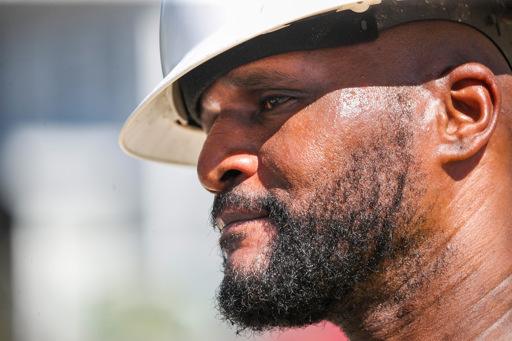Neighborhoods with more trees and green space stay cooler, while those coated with layers of asphalt swelter. Lower-income neighborhoods tend to be hottest, a city report found, and they have the least tree canopy.
The same is true in cities across the country, where poor and minority neighborhoods disproportionately suffer the consequences of rising temperatures. Research shows the temperatures in a single city, from Portland, Oregon, to Baltimore, can vary by up to 20 degrees. For a resident in a leafy suburb, a steamy summer day may feel uncomfortable. But for their friend a few neighborhoods over, it’s more than uncomfortable — it’s dangerous.



Trees are a good thing? Who knew?
Here’s a study from 2019 quantifying the superiority of trees over artificial shade structures: https://www.sciencedirect.com/science/article/abs/pii/S1618866718304291
Tl;dr is that tree shade is 2-5° C cooler than artificial shade. Time to start lobbying city councils to plant trees all over and ideally include fruit trees for some urban edible forest action.
If you live some place in a drought, water is an issue when planting new trees.
But if you don’t plant trees, there will continue to be droughts, as trees help to regulate humidity and precipitation. Farmers in drought-prone areas actually plant trees (agroforestry) in order to reduce crop losses due to drought. Even in urban areas, planting trees (especially natives) can have many benefits for reducing the impact of drought. Of course, a diverse forest ecosystem would be most resilient.